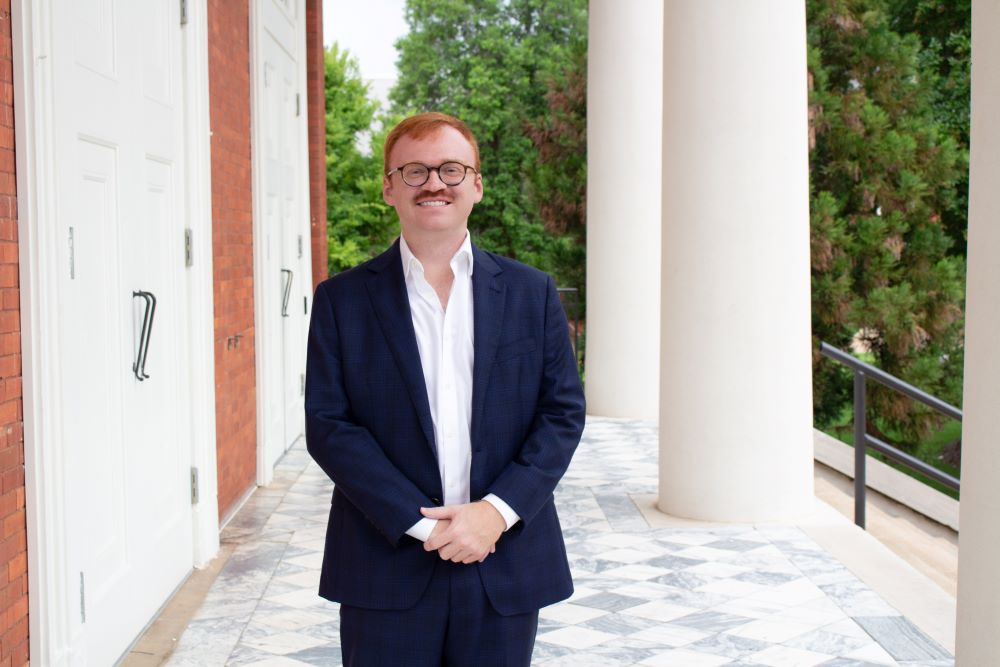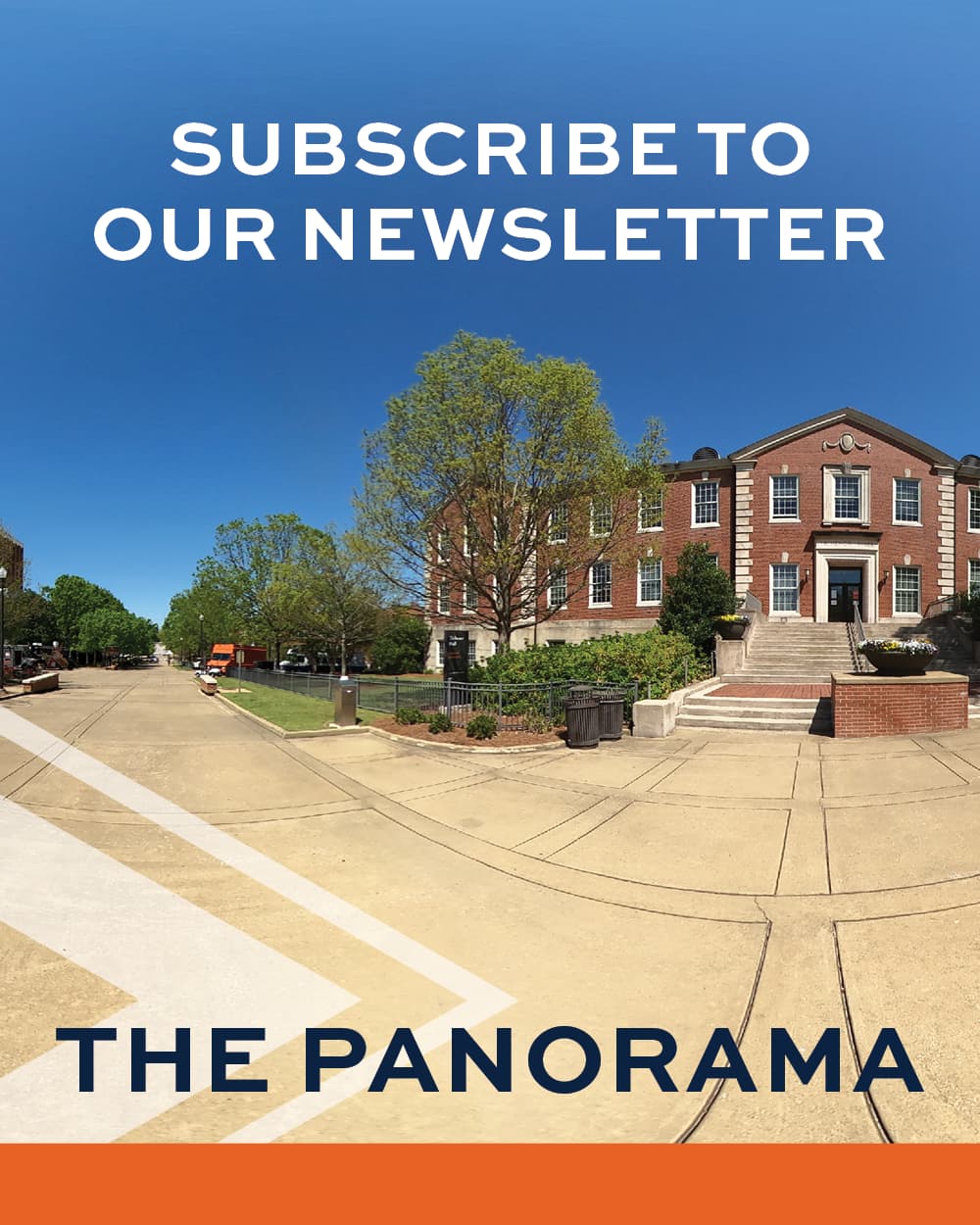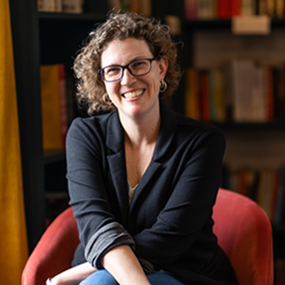History doctoral candidate researching ground-level impact of space exploration

Stuart Simms, a history doctoral candidate in the College of Liberal Arts, studies what happens on Earth while we shoot for the stars. His investigation of space history shows the truth behind the people and places before, during and after a space center's construction and incorporation into a community.
Simms' work specifically focuses on how NASA space centers in the South affect the communities and environments around them. He hopes to enrich the conversation around space exploration by understanding the earthbound constraints of spaceflight.
"Just because you launch a rocket into space, you shouldn't forget what's happening on the ground," Simms said. "Looking at how this whole industry remakes not only outer space, but also places and people, all the stuff around it. That's really what I want to examine. I want to try and push back against this popular idea that we always have to celebrate larger-than-life achievements or that spaceflight is just dramatic moments with big, flashy technology. It's so much more than that."
During his undergraduate studies, Simms began looking into the development of the John C. Stennis Space Center, NASA's premier rocket engine test site in Hancock County, Mississippi.
Before the space center was built, more than 2,600 people lived across more than 140,000 acres in Hancock and Pearl River Counties in Mississippi and St. Tammany Parish in Louisiana – roughly the same size as Huntsville, Alabama, today – in a unique rural space with free-graze livestock, agriculture, timber and turpentine harvesting, and illicit moonshining.
Simms found letters between Mississippi Senator John Stennis, the space center's namesake, and displaced residents arguing about access to the land and resources. On Stennis' side, the space center represented a huge economic development opportunity for the region, international prestige and a way to "win" the Cold War.
Residents, however, had deeper, generational connections to their homeplaces. Many were saddened or angered by the federal government's call to leave their homes, while others outright refused to leave.
Historic documents revealed that displacing people who lived in the construction zone was a lengthy legal process.
"I compared what I was finding in the archive to what was written in the official narrative, which was basically that these people had just packed everything up in knapsacks and had left willingly," Simms said. "It's a very dismissive historical treatment of these people. And I told myself, these people need to be heard and need to be represented in the new iteration of the story that I'm crafting."
The NASA History Office invited him to present that story at two symposia: the History of NASA and the Environment Symposium at Georgetown University and the NASA in the South Symposium at the University of Alabama in Huntsville.
For two summers, he also interned at NASA's George C. Marshall Space Flight Center in Huntsville, Alabama. In 2014, he worked with the space center archivist and historian to process archival collections, perform interviews and conduct historical resource surveys. In 2018, he helped Marshall Space Flight Center's Logistics Services Office re-develop their website.
Simms said it's encouraging to see NASA learn from the past and lead new conversations about the impact of space exploration, especially now.
"They're really looking at trying to reinterpret what space history looks like, and I think it's a very reflective moment, not only for the historical community but the larger space community as well as anyone interested in spaceflight and its history," Simms said.
"We have the rise of all of these new space industries trying to wrestle with what it means to 'do space' while NASA is trying to approach their next exploration programs in a more equitable and reasonable manner. And that's really because of the work that people in circles outside of the agency like us do, saying, 'Hey, you've missed something here and it's something important that you could really learn from or that you really need to address.'"
Space history has always been part of Simms' life, and his return to Alabama brought him back to where he was practically raised, the Marshall Space Flight Center. His mother has worked at the center as a budget analyst for longer than he's been alive, so Simms attended the space center's daycare and "grew up" around space history.
After earning his master's degree, Simms chose Auburn for its renowned faculty and academic opportunities. His advisor, Associate Professor Monique Laney, specializes in the history of science and technology and aerospace history.
Simms said the Department of History equipped him with a valuable skill set in research and critical thinking, while faculty and financial support helped him expand the reach of his work.
"Auburn has a great community in the history department," Simms said. "The Auburn faculty care about students, and they care about your work and where they can help you fit it. If they can find any connection to get you into the world and get you doing what you need to do to make yourself marketable while also doing important, cool stuff with your work, they're going to do it."
Find more information about the Department of History.







